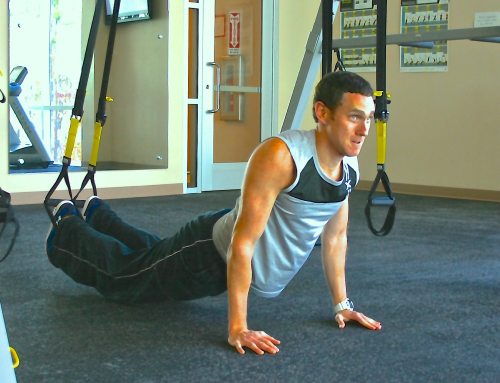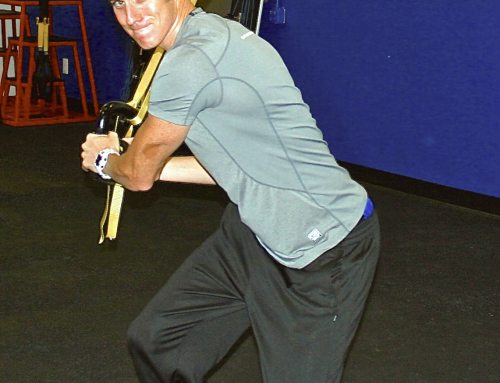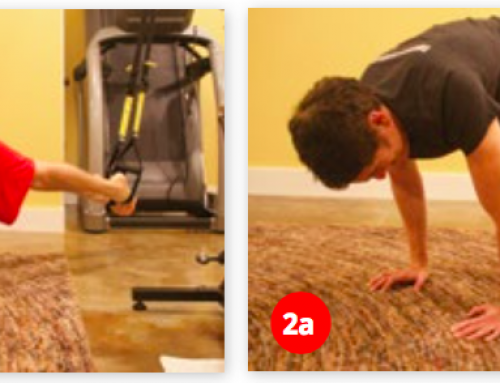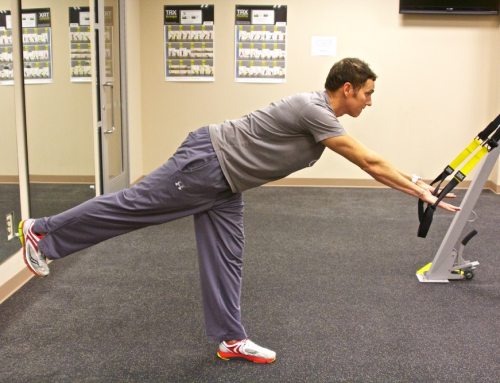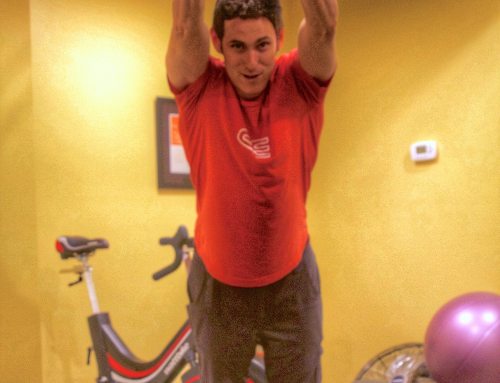By Brian Diaz
When runners think of cross-training, they may think of swimming or cycling. But what does cross-training mean for triathletes who already spend considerable time swimming, cycling, and running throughout the year? The answer: strength training. Strength training will help triathletes strengthen those muscles generally not used in triathlon. With the amount of time triathletes spend swimming, cycling, and running throughout the race season, it may be hard to find time to strength train. So, since the season is over and your last big triathlon is finished, there’s no better time to start than now. One classic example of how an athlete adopted strength training and became a better triathlete is Australian Craig “Crowie” Alexander.
In 2011, when Alexander raced to his third title and a course record in the Ironman Kona World Championships, he attributed it in part to the strength and conditioning program he adopted after a disappointing finish in 2010. In the 2010 race, Chris “Macca” McCormack, another Australian, led a group of strong riders out at a faster pace than Alexander could hold. Even though Alexander’s run was superior, he couldn’t catch McCormack. Determined not to let that happen again in 2011, Alexander added a few more tricks to his training arsenal with an amped-up weight-resistance routine. With a combination of weights, bands, medicine balls, and TRX training, he became a much stronger athlete, which he feels contributed to his record-breaking 2011 performance (not to mention his being the oldest person to win Kona).
When you look at how much strength training affected someone who was already at the top, imagine how it could change the age grouper just looking to podium or finish in the top half. And while most of the strongest triathletes continue throughout the season, there is no better time to start than now.
In previous articles, I’ve covered some exercises for endurance athletes and you can find many of them on our YouTube channel. This time around, I’m giving you a two-days-a-week plan that you need to try for eight weeks. A good idea would be to get your body fat percentage tested so you know what weight differences are muscular and which are attributable to fat. We all know the amount of our cardiovascular training tends to go down while eating goes up over the holidays. So unless you’re training for a late winter/early spring race, pay attention to diet as well. Theoretically, your body fat should go down or, if already low, stay the same when incorporating strength training. And some people may actually gain weight. Don’t freak out and quit lifting! The weight will come back down when the volume of endurance activities goes back up and the eating is better controlled after the holidays. And what you’ll be left with is a leaner, stronger, faster athlete come race time.
Obviously, I suggest a more varied approach to the exercises than just the same two days over the course of the eight weeks. But I will try to simplify things a bit for those looking to do this on their own. I will make available on YouTube all of the videos that correspond to the exercises listed below, and I will try my best to give verbal cues and suggestions. The movements should not be too advanced and if you want to make them more difficult just email me. Some may stick with a schedule of the same two days. If you do this, I strongly encourage you to allow two to three days between the exercises (e.g., Monday-Thursday and Monday-Friday combos). Try to get a decent sweat going for your eight- to 10-minute warm-up and complete three sets of each exercise for 10 reps unless noted.
Check out www.youtube.com/user/activedgefit for videos of these exercises.
Day 1
Squat hops on the BOSU
Spider push-ups on the BOSU
Bent-over SA alt rows
SA inclined DB press to fly
DB step-ups
Dynamax rotations into slams
NG tricep push downs
TRX single-leg lunge into hops
Day 2
KB front squats
Pull-ups
Speedskaters
Rubberbanditz Superman push-ups
Standing SLR x 4 ways
Bent-over bilateral band pulls
TRX crunch into pendulums
TRX W rows (external and internal)
# # #
Brian Diaz is the head physical therapist and sports specialist at ActivEdge Fitness & Sports Performance. He is a Level II Certified TRX Suspension Trainer and a USA Triathlon Certified Coach. Follow him on Twitter (@JediTriathlete) or go to his website at ExperienceTheEdge.com for more exercise ideas.


